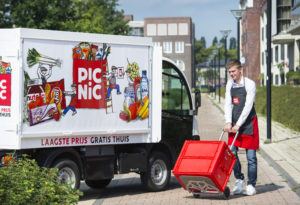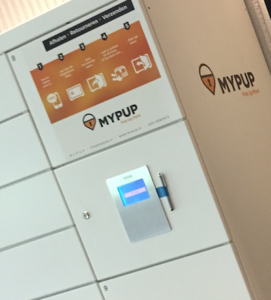Monthly archives: August, 2017
Performance based regulation: is ‘intelligent access’ the future in regulating city logistics?
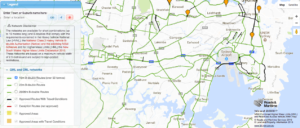
The further development of local policies to stimulate more CO2-productivity in city logistics and a shift to zero-emission city logistics is inevitable: growing political and societal pressure demands it. This push can already be recognized in the existing variety of local regulations, customized to different local circumstances in different cities or parts of cities.
Paris ‘front door to logistics’
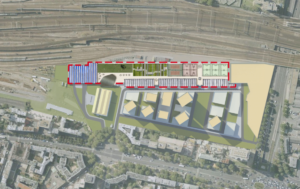
With construction having started in the spring, the Paris multimodal logistics centre will be opening its doors soon. Fleet Street reports about it: We used to think that they were unwelcome in town centres, driven once and for all into more or less distant suburbs: however, logistics facilities are making their come back in the very …
The role of the customer in last mile deliveries: how to improve efficiency?
Mechelen (B) is running a pilot testing smart locker systems
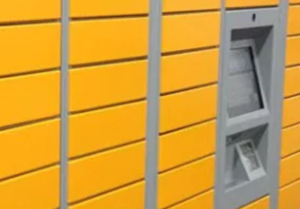
With the establishment of limited traffic areas, delivery time windows, low emission zones, development of pedestrian shopping areas and the evolution of e-commerce, the logistics sector faces new challenges. There is a need to test and implement new methods for pick-up and delivery of goods. Micro-consolidation represents a solution to deliver goods in a more …
The future of last mile delivery: 10 most important trends
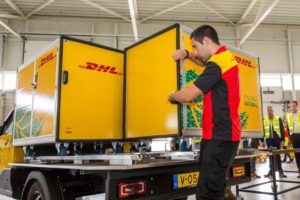
An increase in e-commerce in B2B, B2C and C2C markets has given rise to a greater number of challenges around urban freight: increasing use of public space, pollution levels, noise, road congestion and safety. E-commerce results in more, and smaller, and time critical deliveries in cities. It’s clear that there is a need for improving …
HoReCa deliveries in Paris (F): are more regulations better?
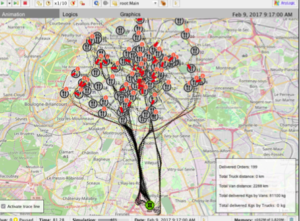
Regulatory policies aim at reducing the negative effects of urban freight transportation, especially those related to traffic, emissions and noise. Nonetheless, stakeholders in city logistics often have divergent objectives, which lead to difficulties upon defining the best possible choices regarding regulation. A new paper on HoReCa deliveries in Paris by MINES ParisTech presents a multi-agent …
An indicator approach to sustainable urban freight
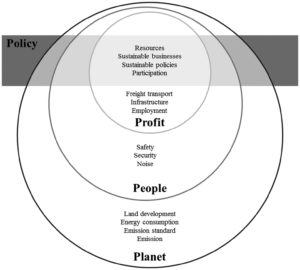
Several indicators have been established to monitor and evaluate the sustainability of cities. Urban freight and related transportation activities are under represented in these established frameworks despite the substantial negative impact of urban freight on the environment, society and economy. The result is the lack of an understanding of freight flows’ impact on the liveability of …
How to develop a commercial shared street?
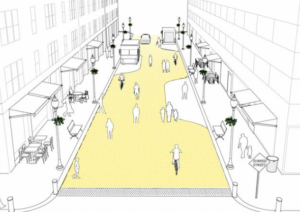
Many narrow or crowded downtown streets operate informally as shared streets during rush hour or at lunchtime, but are not regulated as such. A commercial shared street environment should be considered in places where pedestrian activity is high and vehicle volumes are either low or discouraged. Commercial shared streets can be designed for narrow or …
The electric trams moves goods around European cities
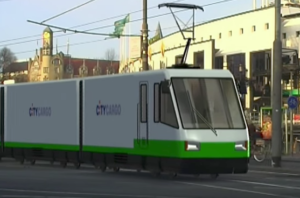
Across Europe there are examples of existing tram networks being used to attract businesses to use the network for urban freight transport. Could this extension help make a success of trams in other cities in the years ahead? The Guardian reports about a number of European initiatives in Dresden (D) and Saint-Étienne (F). These cities using …

